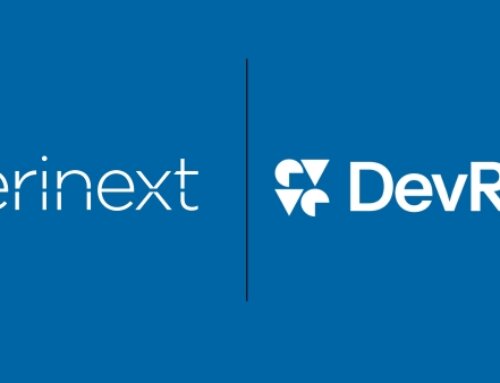The most common attack, data breaches caused by phishing or compromised credentials, cost businesses an average of $4.76M in ransom and rebuilding. Outside of the physical cost, data breaches are a time suck for internal services to resolve. For most, working back to the company baseline can take up to 11 months. As cyberattacks continue to rise in frequency and complexity, the need for robust Privileged Access Management (PAM) solutions has never been more critical.
What is Privileged Access Management (PAM)?
Privileged Access Management, or PAM, plays a significant role in protecting sensitive systems, data and resources by managing privileged accounts. It can be implemented on-prem, hybrid, or SaaS to meet industry-specific regulatory requirements, the shift to cloud, enterprise security perimeters, and increased cyberattacks in all industries. In fact, 10% to 20% of Gartner clients evaluating PAM tools for the first time indicate that their cybersecurity insurance mandates the deployment of such tools. With the increase in cybercrime and the shift to hybrid work environments, protecting access credentials has never been more important.
Selecting the Right PAM Vendor
Finding the right PAM service can seem overwhelming at first, but with our guide on your side, narrowing it down should be a breeze.
- Don’t limit yourself to in-house protections. Providers that offer their PAM tool as SaaS are designed to revolutionize PAM by seamlessly integrating simplicity, security and compliance. This will help reshape secure access control, strengthening your organization against cyber threats anywhere.
- Lean into a user-centric approach. Finding a provider that puts the user at the forefront is with its weight in gold. Select a provider that prioritizes the user through adaptive authentication and contextual policies. These can redefine access control and alleviate the burden on smaller IT teams and your wallet.
- Ensure the vendor meets your compliance and security regulations and goals. For organizations seeking cyber insurance and compliance, find a vendor that provides comprehensive session logs and management capabilities. This will offer you invaluable assistance in enhancing security and meeting regulatory requirements crucial for securing cyber insurance.
- Research how they engage in user feedback. Narrow down your potential provider list by researching how they respond to feedback. Vendors with a continuous evolution mentality ensure an intuitive and manageable solution that stays ahead of emerging threats, making it an ideal choice for enterprises striving to strengthen their cybersecurity posture.
- Seek out a customizable experience. Finally, choose a vendor that can customize their service to your needs. A custom solution that strengthens and streamlines security while remaining user-friendly ensures ease of use, making it remarkably straightforward to share and scale.
Finding and implementing the best PAM tool can easily become overwhelming, but with the help of our guide, we hope we have helped you narrow your search. If you are still feeling underwater, connect with us today. We can help you strengthen security and streamline privileged access management with confidence.
Related Posts:
3 Steps to Use Data Classification to Elevate Your Security Posture
Operational Resilience: Implementing Robust OT Security in Critical Infrastructure






